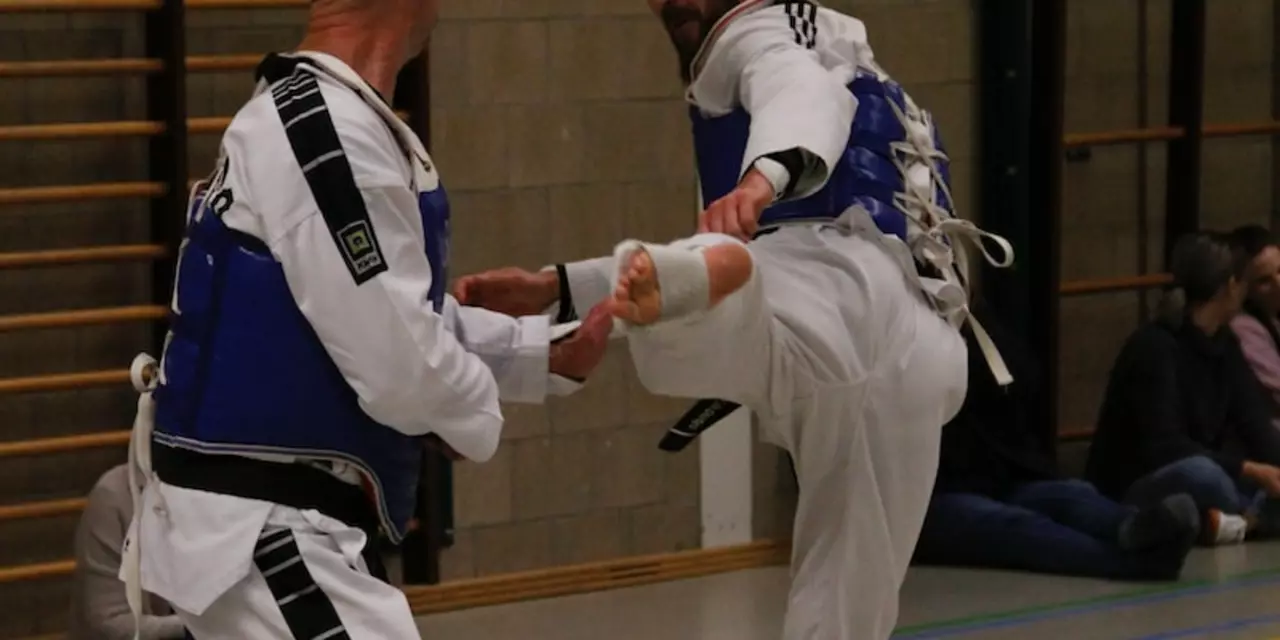Gi – Judo Uniform Basics, Rules and FAQs
When working with gi, the jacket‑and‑pants outfit worn in judo training and competition. Also known as judo uniform, it defines how athletes grip, move, and present themselves on the mat. A gi isn’t just clothing; it’s a tool that lets you use an opponent’s force against them. The fabric’s thickness, the fit of the jacket, and the way the sleeves are sewn all affect throws and grips. That’s why the International Judo Federation (IJF) sets strict specifications – a rule set that any legitimate judo competition must follow.
One of the first questions newcomers ask is whether they can pick any colour. The short answer: no. Official matches only allow white or blue gis. White is the traditional colour, while blue gives officials a clear visual contrast. This rule stems from the need for judges to spot illegal grips quickly. When a club tries a dark‑coloured black gi, a uniform that looks sleek but breaks IJF colour codes, it may feel stylish, but in a sanctioned bout the athlete will be asked to change.
Beyond colour, the gi’s material matters. The IJF mandates a minimum weight of 0.9 kg for the jacket and 750 g for the trousers. Heavier fabric offers more resistance, which can help you control an opponent’s grip, but it also slows you down. Lighter gis are popular in training for speed work, yet they must still meet the minimum thickness to avoid safety issues. This balance between durability and mobility is why many clubs stock both competition‑grade and practice‑grade gis.
Another rule many people overlook is the fit of the sleeves and the collar. The sleeve length must not exceed 20 cm beyond the wrist, and the collar must be at least 10 cm high. These measurements ensure that an opponent can reliably grip the lapel for throws like seoi‑nage or uchi‑mata. If a gi is too loose, you lose leverage; if it’s too tight, you risk penalties for illegal grips.
The gi also interacts with the legal submissions in judo. While joint locks and chokeholds are allowed, the uniform provides the anchor points for techniques such as the cross‑collar choke. A properly tied belt, snug around the waist, prevents the opponent from slipping out of position. Misusing the gi—like pulling excessively on the collar—can lead to a shido (penalty). Understanding how the uniform supports both throws and submissions makes your training more efficient.
Practical Tips for Choosing and Maintaining Your Gi
Start with a white or blue competition‑grade gi if you plan to enter tournaments; it saves you a last‑minute change. Look for reinforced stitching on the shoulders and knees—those areas take the most wear. Wash your gi separately in cold water and avoid fabric softeners; they weaken the weave and affect grip quality. Air‑drying is best, but if you need a quick dry, tumble on low heat for a short burst.
Finally, remember that the gi is more than a dress code. It reflects judo’s tradition of respect, discipline, and equality on the mat. By choosing a gi that meets official standards, you honour that tradition and give yourself the best chance to focus on technique rather than wardrobe issues. Below you’ll find articles that dive deeper into colour controversies, legal submissions, and how the gi shapes your judo journey.
What are karate clothes?
Karate clothes are the traditional garments worn by practitioners of the martial art of Karate. They typically include a loose-fitting top, snug-fitting bottoms, and a belt. The color of the belt is usually determined by the individual’s rank or level of expertise. Karate clothes also allow practitioners to move freely and are made from lightweight and breathable material. Some schools may require the wearing of shoes or specialized gloves. The practice of wearing traditional karate clothing is intended to instil respect for the art and for the practice of its techniques.
